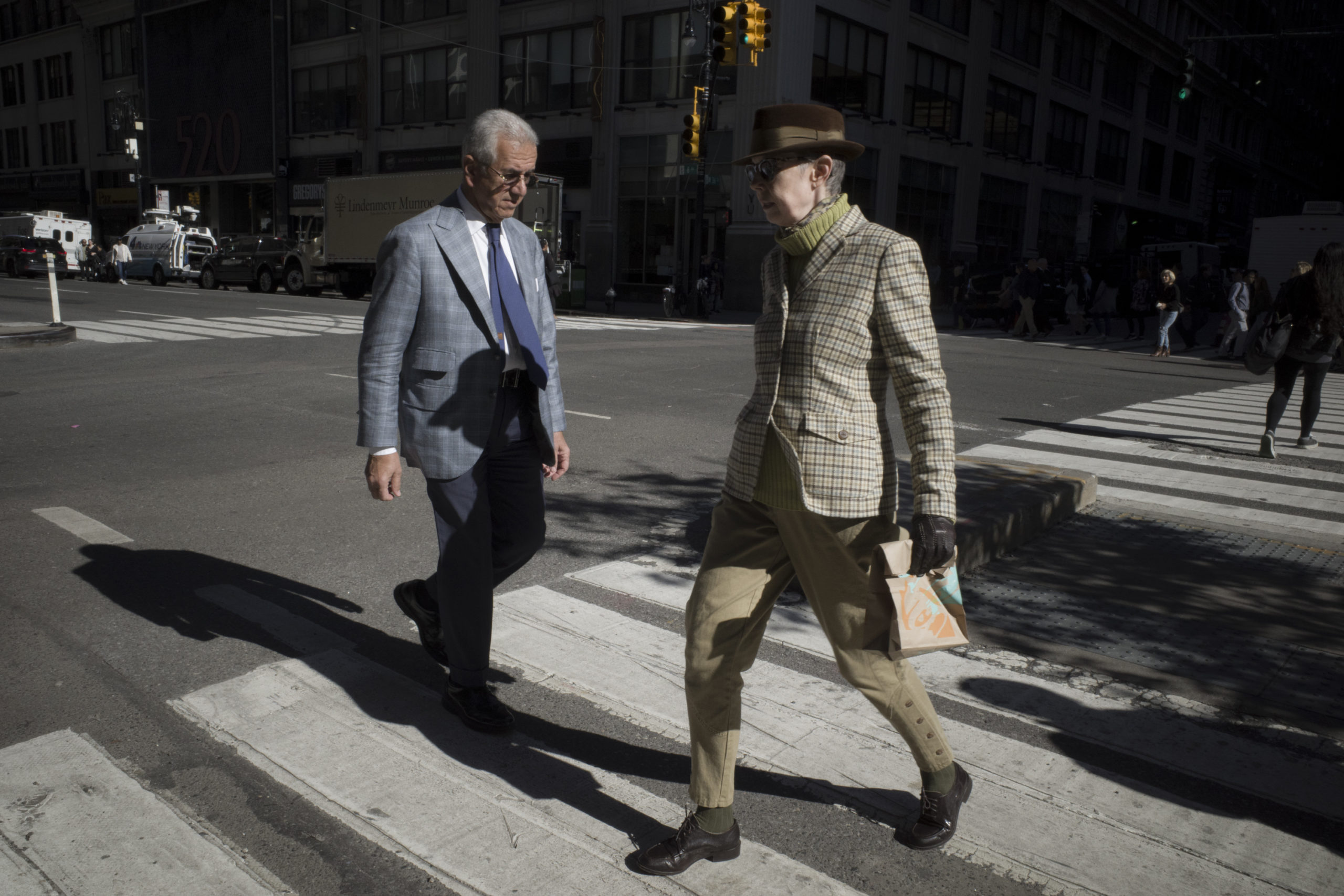Last Updated on 01/22/2020 by Mark Beckenbach
For most, compact cameras happen to be the best things for street photography.
While the answer to “What camera is the best?” is the proverbial “The one you have with you,” some cameras are better suited than others for specific genres of photography. For example, if you wanted to freeze the action at the Daytona 500, you would reach for a Canon 1DX instead of a Pentax 67, just like if you wanted close-up images of Aunt Pearl’s Poinsettias, one of the last lenses you would reach for is a 28mm. Street photography is one of the easiest genres of the craft to get into, and everything from the cameras in phones to 4×5 press cameras has been used for it. But, while the genre is easily accessible, certain kinds of cameras are more appropriate for the task than others. Let’s take a look at why compact cameras are the best cameras for street photography.
***A word to the reader. I am not a regular writer for The Phoblographer, I am its Copy Editor. I am also an avid street photographer, and while I have shot a few portraits in my time, as well as a bit of product photography, my 10 years behind cameras have been spent predominantly shooting street.
Compact Cameras Are Low Profile
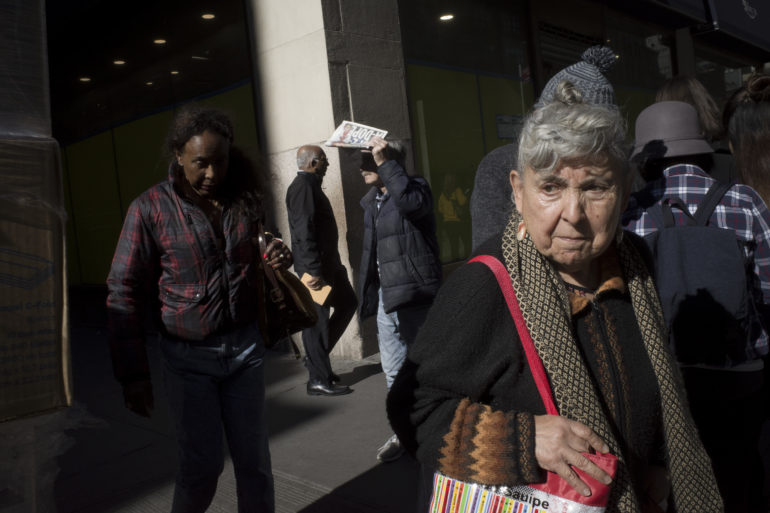
If candid street photographs are what a photographer hopes to take, then the more inconspicuous a camera is the less a photographer may be noticed while shooting. Nothing advertises the intent of a street photographer more than a hulking DSLR swinging from their body as they walk down the avenue. That is why a small form factor is the most important reason why compact cameras are perfect for street photography. When pulled up to eye level to compose a photograph, a compact camera with a small lens is far less noticeable and intrusive than larger sized camera bodies and lenses. People pull phones up to their faces all the time, so this act with a compact camera (that is sometimes not much bigger than a phone) can easily go unnoticed as you frame your shot. This small form factor is also easier to manage when shooting from the hip is preferred.
Compact Cameras Are Light and Nimble
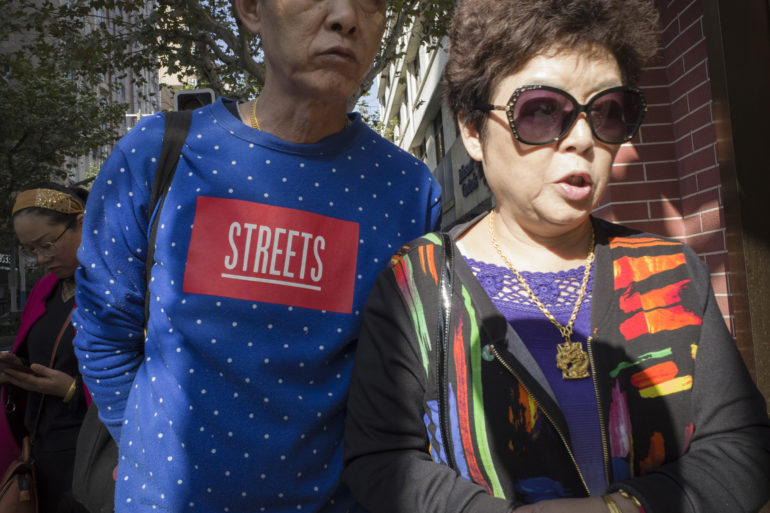
Some moments worth capturing can unfold in an instant. If we are lucky, those moments happen right in front of us, but most of the time we need to adjust our position in order to capture them. A scene worth shooting could be just ahead of a crowd in front of us, or in a shop window off to the side, or maybe we hear something behind us that alerts us to a potential photograph. Street photography is best accomplished with cameras that are on the smaller side of things. Being able to bob and weave around a crowd, dart left or right, or quickly double back to reach a position to take a picture can be difficult to impossible with a bulky camera or long lens. Whether pulled in close to the body, or tucked down and away from being bumped by passing pedestrians, compact cameras beat negotiating a larger camera body and a 28-70mm lens with a hood through the same obstacles. I understand a few readers will scoff at this as they tout long lenses and stand across a busy street to make photographs, but that is a different kind of street photography than the one I refer to in this article.
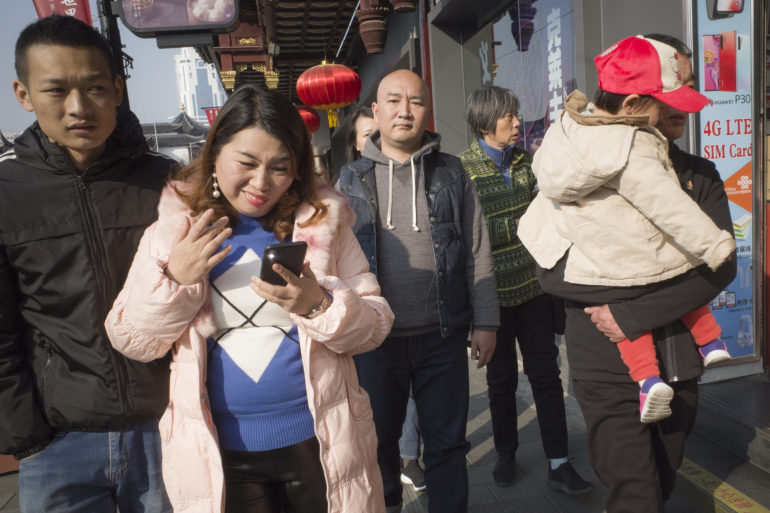
Being able to bob and weave around a crowd, dart left or right, or quickly double back to reach a position to take a picture can be difficult to impossible with a bulky camera or long lens.
– Pro Tip
This agility also depends on a camera’s weight. I spent a year shooting street with a Nikon F3. And while I loved the rugged build of the camera, shooting with it every day became a bit of a drag as I grew weary of having to lug such a heavy body around my neck all the time. Another benefit of compact cameras is their light weight in comparison to larger, beefier camera bodies. There are also many small, lightweight lens options for interchangeable camera bodies in the 28mm, 35mm, and 50mm categories (the three most-preferred lenses for street photography). This also means compact cameras are easier to transport, as they won’t take up much space in your bag, or your pocket in some cases.
Compact Cameras Are Plenty Competent
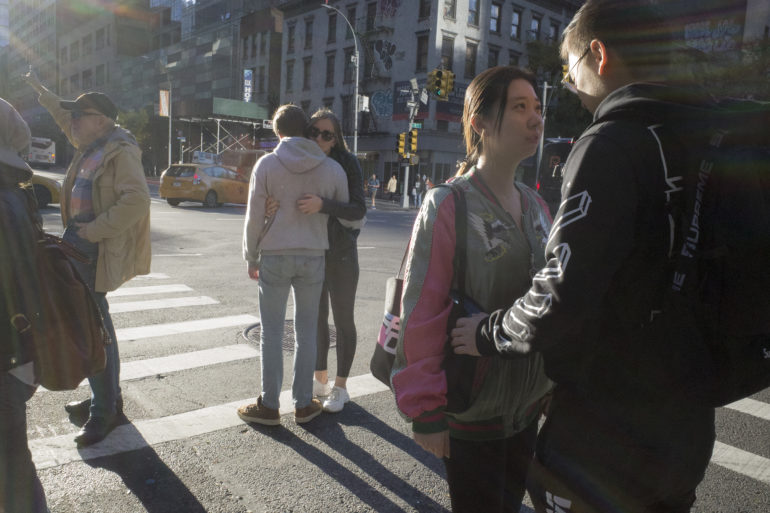
You don’t need a Mirrorless camera or a DSLR for street photography at all. It used to be that exceptional resolution, quick autofocus, and high-level ISO capabilities were reserved only for Full-Frame or higher-end DSLRs and Mirrorless cameras, but the last couple of years have seen great advancements in the compact camera sector. Face detection and tracking, solid print resolution at ISO 6400, Full-Frame sensors packed into small bodies–compact cameras now swing as hard as many of their bigger brethren.
Below is a short list of current compact cameras that will satisfy a street photographer who wants to shoot with something in a small form factor. Want quick autofocus, or the ability to zone focus? Want to print 17×22 images shot at ISO 6400? Prefer 28mm, 35mm, or the ability to change lenses? Check out these recommendations to bring you one step closer to being equipped with the right compact camera for shooting street.
Fujifilm X100F
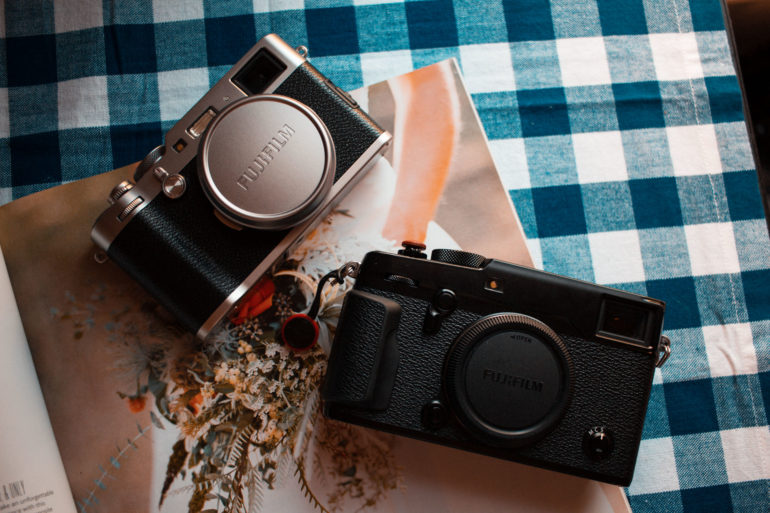
Here are the pros and cons from our review:
Pros
- Great image quality, though I wonder how much better it could have been made
- One of the best autofocus cameras when it comes to candid street photography
- Compact
- Nice feel that you’d expect from a camera like this
- Acros video is very welcome
- AF selection point joystick was long overdue
- So light, small, and great you’ll want to take it with you everywhere
- Much improved battery life
Cons
- At this point, it could use sensor-based image stabilization
- Could use a lens update, sometimes I feel like the lens isn’t doing the sensor full justice. Though I only speak of this in terms of optical sharpness. Otherwise, the character it delivers is fantastic.
- No weather sealing; absolutely not sure why
- Though not necessary, it would be nice to have a headphone and microphone jack for video shooting.
- Doesn’t adhere to Sunny 16 rules of metering, which is REALLY WEIRD
Buy Now: $1,099
Ricoh GR III
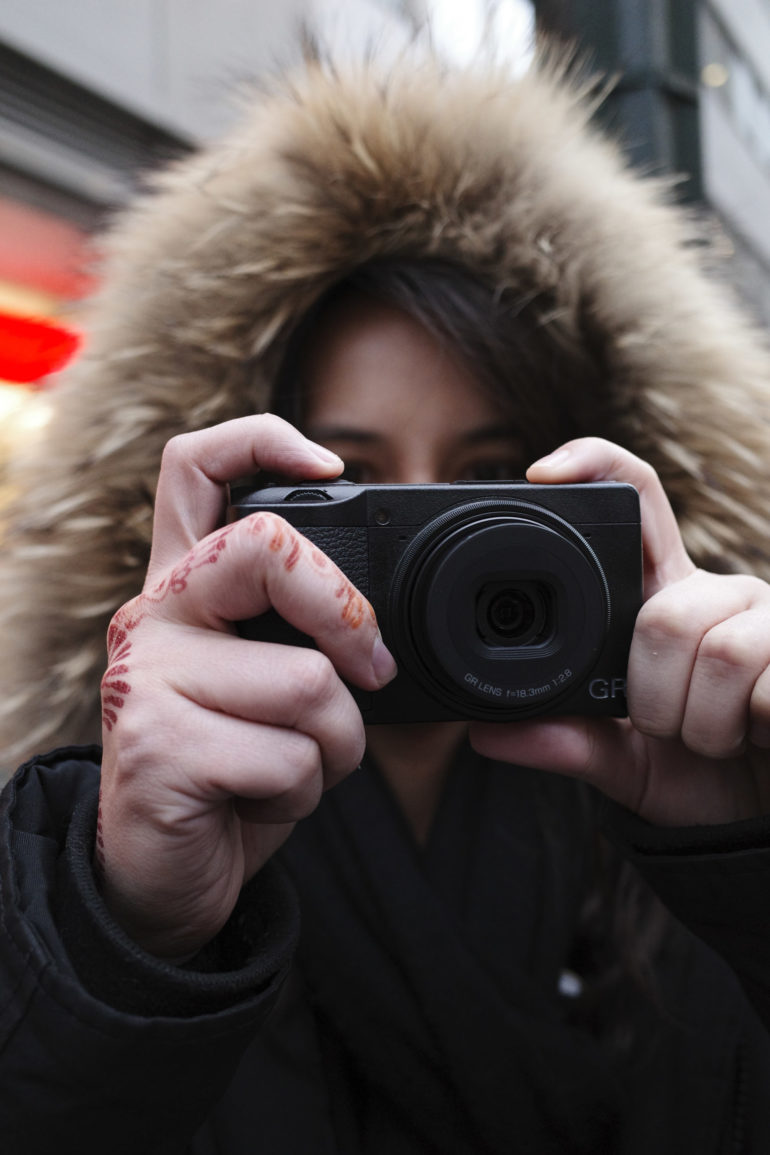
Here are the pros and cons from our review:
Pros
- I am smitten with the JPEGs and the color profile simulations
- Snap focus is nice
- Sharp image quality
- Small size of the camera
- Good battery life if you leave the screen off
- USB charging
- Touchscreen
- I’m okay with APS-C, it makes shooting street much easier
- Image stabilization is nice
Cons
- I don’t really care for the RAW files. You may as well just embrace the flaws of the otherwise unique image quality.
- Autofocus is very slow: I’m not even sure why it’s there to begin with.
- No weather sealing is a big problem.
- This camera desperately needed a faster aperture lens. Otherwise, the sensor should have started at ISO 200.
- Deep menus
- No pop-up flash
- Could have used a viewfinder, but I’m not crying about this.
- Lots of folks have been having issues with firmware updates.
Buy Now: $849
Fujifilm XF10

Here are the pros and cons from our review:
Pros
- We printed a photo shot at ISO 6400 at 17×22 and were shocked at how clean the print was
- Beautiful colors
- Three control dials for exposure parameters
- Touchscreen
- Big screen
- Surprisingly good battery life
- Wifi
- Small and pocketable
- Comes with a very handsome wrist strap
- Comfortable
- It’s only $449
Cons
- Slow autofocus; like the slowest of any Fujifilm camera that we’ve ever tested.
- No Acros mode–which would have put this over the top.
Buy Now: $499
Leica Q2

Here are the pros and cons from our review:
Pros
- Good image quality, though arguably better offerings from competitors
- Weather sealed
- Feels nice in the hands
- Beautiful
- The lens is exceptional
Cons
- This is questionable, but the Leica Q2 could have really used a joystick. Not everyone wants to manually focus the lens instead.
- High ISO output is a bit under par
- The LCD screen is pretty low resolution
- Autofocus in very low light isn’t great
- Could have used a few more function buttons
Buy Now: $4,995


